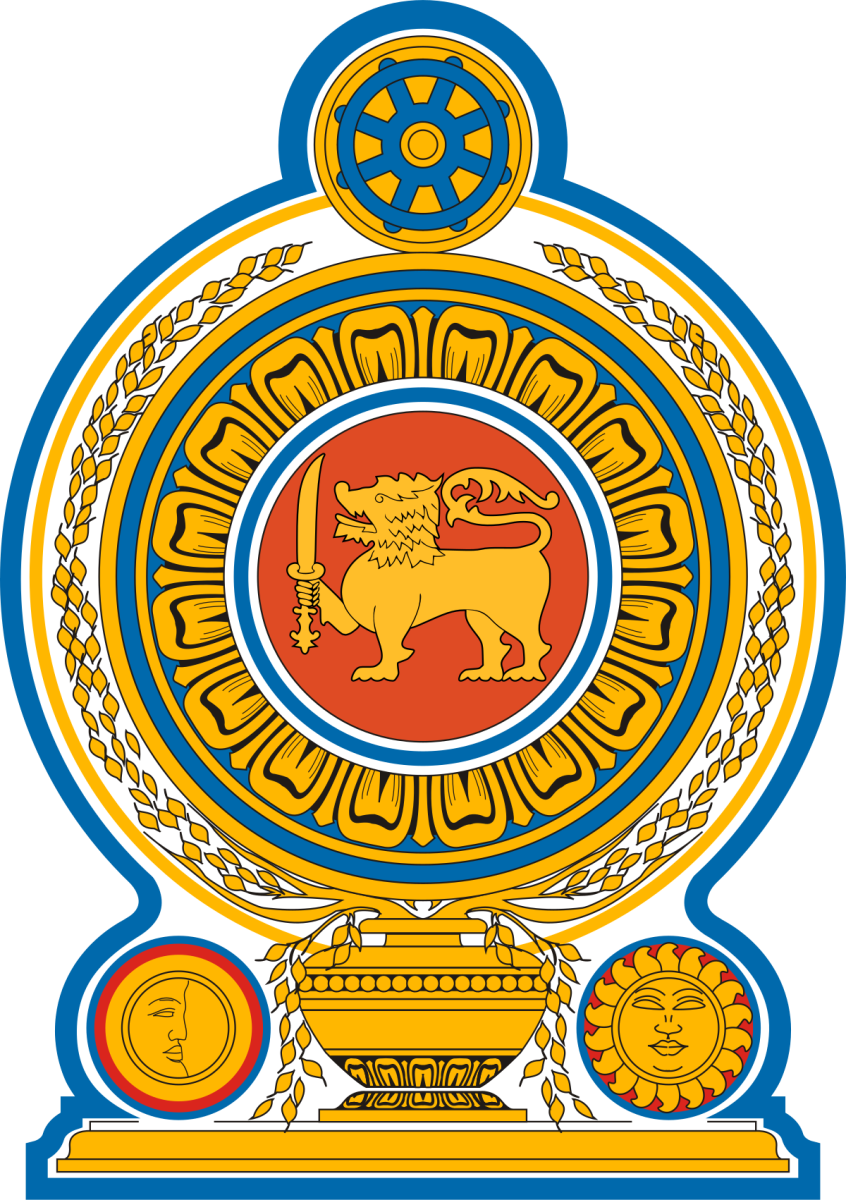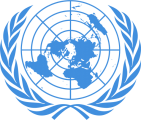
Statement by Mr. Chatura Perera, Minister of the Permanent Mission of Sri Lanka to the United Nations: Fourth Committee – Assistance in Mine Action
80th Session of the United Nations General Assembly: 23 October 2025
Mr. Chair,
I am honored to address this Committee and to provide an update on my country’s progress and ongoing challenges in fulfilling our commitments under the Anti-Personnel Mine Ban Convention (Ottawa Treaty).
Sri Lanka acceded to the Convention in 2017, pledging to fulfill our Article 5 obligations by June 2028. From the outset, our approach has been one of full national ownership, grounded in humanitarian necessity, and carried forward in partnership with the international mine action community.
The vision that guides our current National Mine Action Strategy is clear: a Sri Lanka where all citizens of the country thrive in a mine-free society and where survivors of explosive ordnance are fully integrated into society with their needs met.
This vision is not only aligned with the objectives of the Convention, but also with the Siem Reap Angkor Action Plan for 2025–2029, and with Sri Lanka’s broader national policies and commitments under the 2030 Agenda for Sustainable Development.
Mr. Chair,
The road towards a mine-free Sri Lanka has been long, but it has also been marked by significant progress. Since 2010, Sri Lanka has released more than 256 square kilometers of confirmed hazardous areas.
This has enabled the safe return of over 918,980 internally displaced persons to their homes, farms, and villages, while also facilitating the restoration of public services and the revival of economic activity in communities once paralyzed by the fear of hidden explosives.
Mr. Chair,
Building on this progress, Sri Lanka launched its National Mine Action Completion Strategy for 2023–2027, developed in close consultation with the Geneva International Centre for Humanitarian Demining and with national and international partners.
This strategy has steered our operations in a transparent, data-driven, and inclusive manner. A nationwide “Completion Survey” was launched in mid-2023 to operationalize this strategy. By June 2025, approximately 1,400 Grama Niladhari divisions, the smallest administrative units in the country, had been systematically assessed. Nearly 60% of these divisions have already been declared mine-free, while the remainder is undergoing further verification.
This survey has also uncovered nearly 8 square kilometers of previously unknown contamination, reminding us that the challenge remains dynamic, and that vigilance is essential.
Mr. Chair,
Despite this progress, we cannot ignore the challenges. Funding shortfalls have become the single greatest obstacle to timely completion.
As of April 2025, our Mine Action programme is operating with less than half of the resources available in 2024. Our national and international partners, including DASH, SHARP, the HALO Trust, and MAG, have had to scale back operations. Even the Sri Lanka Army, which plays an indispensable role as a national mine action operator, has faced constraints due to limited national funding.
Without a substantial increase in support - at least 30% more funding in 2025 and 2026 - meeting the June 2028 deadline will be extremely difficult. A further reduction could even risk reversing hard-won gains.
These realities were candidly assessed in May 2025, during a mid-term review of the Completion Strategy. The review concluded that completion by 2028 is technically feasible, but only if resources are mobilized urgently.
In recognition of these challenges, Sri Lanka convened a high-level donor appreciation and coordination event in May, attended by the key donor representatives. The event reaffirmed our strong national ownership and our commitment to work in close partnership with the international community.
Mr. Chair,
For Sri Lanka, mine action is not simply about meeting an international deadline. It is about restoring normalcy to communities, empowering development, and ensuring that no one is left behind because of the deadly vestiges of war.
Every square kilometer cleared means more land for farming, space for homes, roads to connect people, and schools where children can learn in peace.
In this context, for Sri Lanka, mine action means a development action. It directly advances the Sustainable Development Goals: from ending poverty and hunger, to building sustainable cities, and ensuring health and education for all.
It is also about human rights: the right to live free from fear, the right to mobility, and the right to opportunity.
Mr. Chair,
Sri Lanka, therefore, calls upon the international community to continue standing with us. Our national commitment is unwavering, but the scale of the task demands solidarity.
We appeal to donor partners, technical agencies, and fellow Member States to sustain and expand their support. Together, we can ensure that Sri Lanka’s journey towards a mine-free future remains on track, and that the Article 5 deadline is met.
Mr. Chair,
Allow me to conclude by reaffirming Sri Lanka’s firm commitment to the principles and obligations of the Anti-Personnel Mine Ban Convention. Ours is a programme that is humanitarian, development-oriented, and inclusive.
We are working towards a safer, more hopeful future. With the continued partnership of donors, international organizations, civil society, and all stakeholders, Sri Lanka remains determined to transform words into action, and commitments into tangible results.
Thank you.


